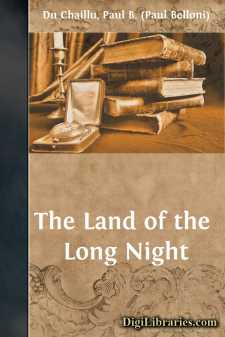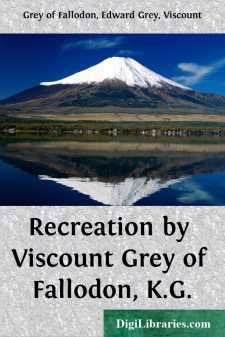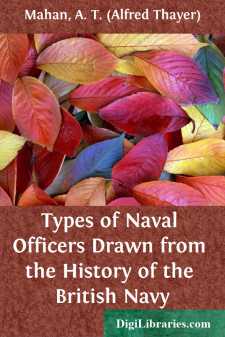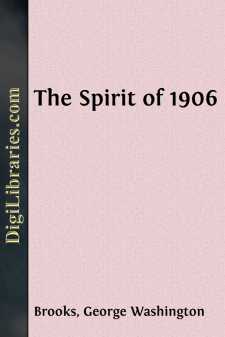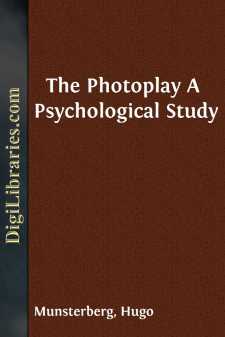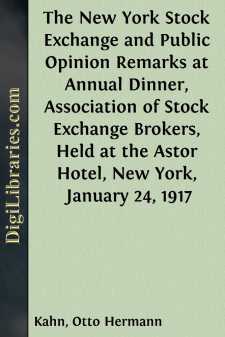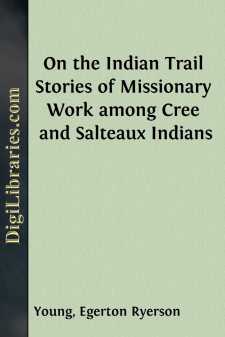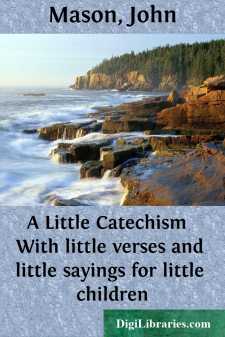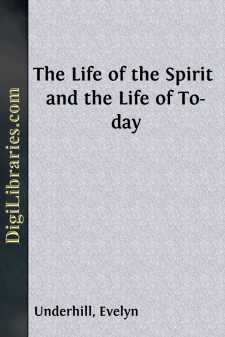Non-Classifiable
- Non-Classifiable 1768
Non-Classifiable Books
Sort by:
Introduction My Dear Young Folks: Friend Paul has led many of you into the great Equatorial Forest of Africa. We met there many strange and wild tribes of men, and lived among cannibals and dwarfs or pygmies. We hunted together, and killed many elephants, fierce gorillas, leopards, huge crocodiles, hippopotami, buffalos, antelopes, strange-looking monkeys, wonderful chimpanzees of different...
more...
It is sometimes said that this is a pleasure-seeking age. Whether it be a pleasure-seeking age or not, I doubt whether it is a pleasure-finding age. We are supposed to have great advantages in many ways over our predecessors. There is, on the whole, less poverty and more wealth. There are supposed to be more opportunities for enjoyment: there are moving pictures, motor-cars, and many other things which...
more...
INTRODUCTORY Naval Warfare at the Beginning of the Eighteenth Century The recent close of the nineteenth century has familiarized us with the thought that such an epoch tends naturally to provoke an estimate of the advance made in the various spheres of human activity during the period which it terminates. Such a reckoning, however, is not a mere matter of more and less, of comparison between the...
more...
Dedicated to the Directors and Shareholders of the California InsuranceCompany in 1906 who so nobly, at their own financial cost, did their"Big Bit." "On fame's eternall beadroll worthie to be fyled." - Spenser Foreword Whatever of effort has been given in the pleasant pastime of writing these rambling and sketchy pages of reminiscences is dedicated to those who in the hours of...
more...
by:
Hugo Munsterberg
CHAPTER I THE OUTER DEVELOPMENT OF THE MOVING PICTURES It is arbitrary to say where the development of the moving pictures began and it is impossible to foresee where it will lead. What invention marked the beginning? Was it the first device to introduce movement into the pictures on a screen? Or did the development begin with the first photographing of various phases of moving objects? Or did it start...
more...
by:
Roland Allen
CHAPTER I. THE IMPORTANCE OF A DOMINANT PURPOSE. The modern demand for intelligent co-operationThe same demand in relation to Foreign MissionsThe need for a definition of purposeThe failure of our present reports in this respectIs definition of purpose desirable?It is necessary for formulation of policySocieties with limited incomes cannot afford to pursue every good objectThe admission of diverse...
more...
A couple of weeks ago I went to Washington to contradict under the solemn obligation of my oath a gross and wanton calumny which, based upon nothing but anonymous and irresponsible gossip, had been uttered regarding my name. On my way between New York and Washington, thinking that, once on the stand, I might possibly be asked a number of questions more or less within the general scope of the...
more...
Preface. This is not a continuous narrative of missionary work as are some of the author’s books. It is a collection of distinct chapters, some of which are written expressly for this volume, others of which, having in whole or in part seen the light in other form, are now, at the request of friends, and thanks to the courtesy of the publishers, here gathered. Romantic missionary work among the red...
more...
by:
John Mason
A CATECHISM For Little Children to Learn. Question. Who made you? Answer. GOD. Quest. Who Redeemed you? Answ. Jesus Christ. Quest. Who Sanctifieth and preserves you? Answ. The Holy Ghost. Quest. Wherefore did God make you? Answ. To Serve him. Quest. How must he be served? Answ. In Spirit and in Truth. Quest. What is it to serve God? Answ. To keep his Commandements. Quest. How many Commandments be...
more...
by:
Evelyn Underhill
CHAPTER I THE CHARACTERS OF SPIRITUAL LIFE This book has been called "The Life of the Spirit and the Life of To-day" in order to emphasize as much as possible the practical, here-and-now nature of its subject; and specially to combat the idea that the spiritual life—or the mystic life, as its more intense manifestations are sometimes called—is to be regarded as primarily a matter of...
more...


